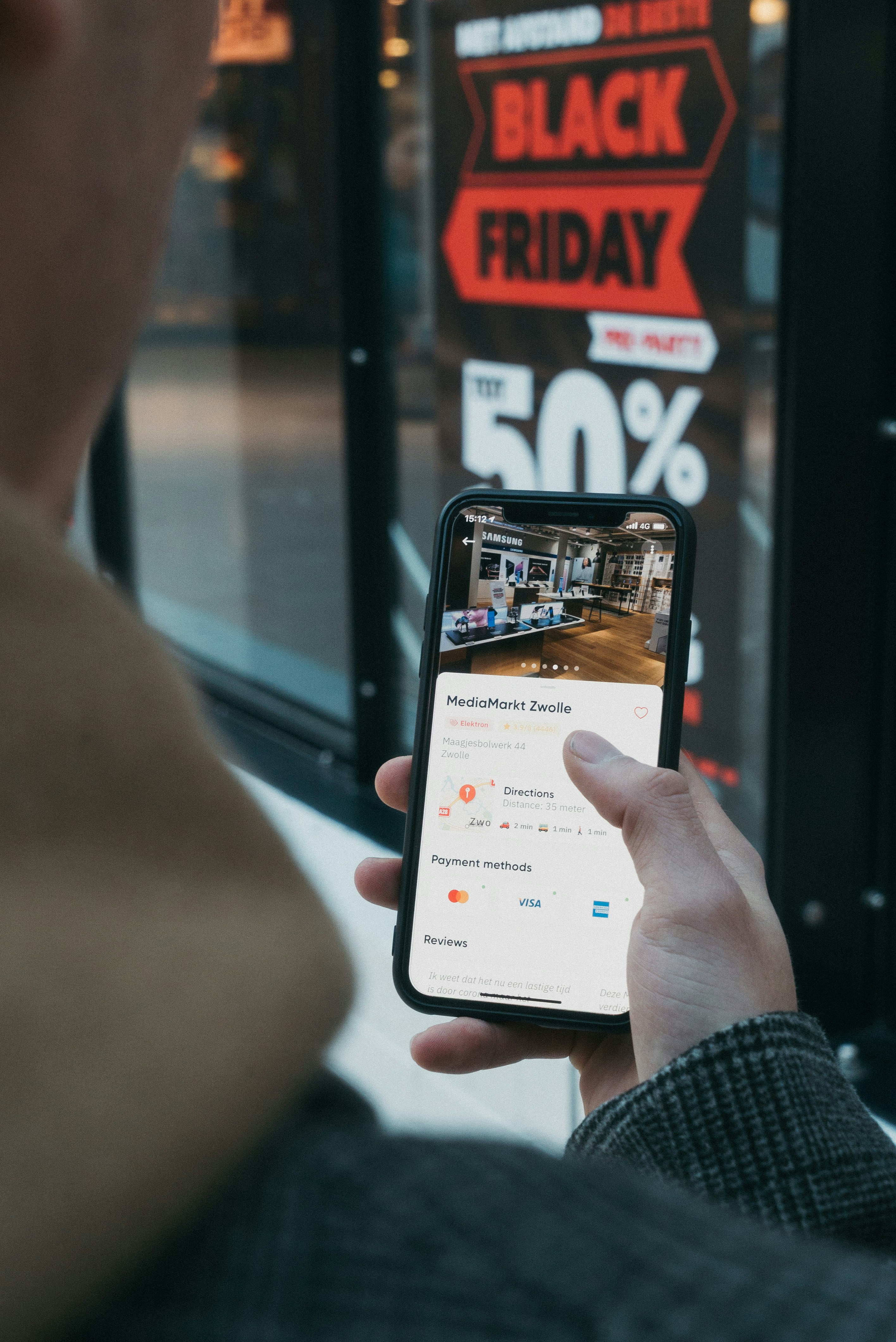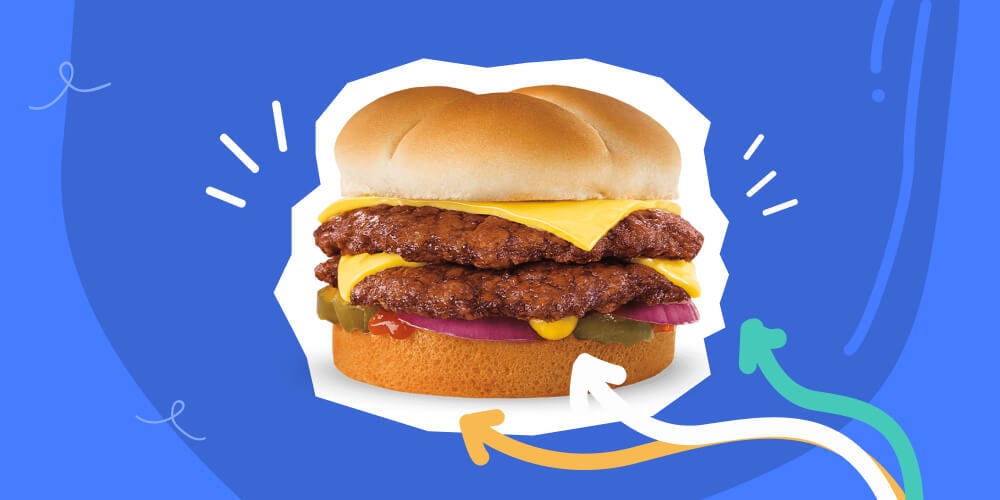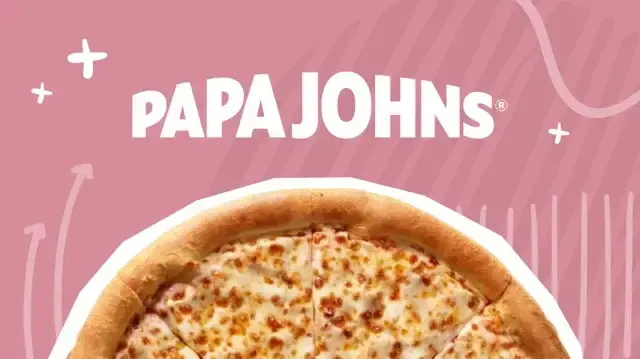We don’t even need to ask. We’re pretty sure that you, your friends, and just about everyone you know have used a third-party delivery service at least once in the past year.
According to recent data, 185 million people are expected to use online food delivery services by 2025. And 71% of millennials reported that they’re now more likely to get their food delivered than before the pandemic!
Of course, that’s not surprising, is it? Especially since third-party food delivery apps like Uber Eats make it incredibly convenient for customers to find new restaurants, check reviews, and get food delivered right to their door.
BUT… does that mean your restaurant should rely on them to deliver food to your customers? Maybe... Maybe not.
That’s why, in this article, we want to help you decide whether your own delivery is all you need or if you should also consider third-party delivery companies for your restaurant.
With that goal in mind, we’ll be discussing:
-
Information on three of the most popular delivery apps, including the fees they charge restaurants and delivery costs.
-
The pros and cons of using third-party delivery services, including considerations for delivery staff and delivery time.
-
How to get your restaurant on third-party delivery apps
-
How to create an in-house delivery service for your restaurant
But, before we get into those topics, let’s look at some quick facts on third-party delivery services.
What are third-party delivery services?
Third-party delivery services are companies that list your restaurant on their food ordering app. Within the app, customers can browse multiple restaurant menus, place orders for delivery, and get their food delivered by someone working for the service as an independent contractor.
Third-party delivery services are companies that list your restaurant on their food ordering app. Within the app, customers can browse multiple restaurant menus, place orders for delivery, and get their food delivered by someone working for the service as an independent contractor. They manage the delivery operation, including the crucial last-mile delivery, and offer a convenient delivery model for both restaurants and customers.
And, whether you like them or not, these delivery service apps are here to stay. Here are some quick facts that show why we say that:
-
In a recent survey, 29% of consumers reported ordering online delivery at least a few times a month
-
In another survey, 37.5% of restaurants said they wouldn’t have been able to stay in business without being on third-party delivery apps
-
In that same survey, 28.8% of restaurants said 21-30% of their sales now come from those apps
Examples of third-party delivery apps: facts, fees and features
The third-party delivery service app market is extremely competitive despite the large market size. Here are some of the key facts, fees, and features from three of the most widely used food delivery apps.
DoorDash
With over half of the market share in the American food delivery market, DoorDash is the most popular food delivery platform in the United States.
So far, they have partnered with more than 310,000 restaurants in more than 4,000 cities. In December 2020, the company went public on the New York Stock Exchange.
DoorDash features a business performance tool for their restaurant partners that aims to help them grow their business and improve the customer experience. Their platform serves as a crucial link between restaurants and retailers, providing a convenient SMS notification system for order updates which improves the delivery experience.
For delivery orders, DoorDash charges restaurants a 15-30% commission fee. The exact fee amount depends on the DoorDash subscription plan you choose. This real-time commission structure is part of DoorDash's business model optimization. This process is aimed at maximizing revenue for both the company and its partner restaurants.
Uber Eats
As of December 2021, Uber Eats is the second largest player in the food delivery market with around 24% of the market share. Uber Eats also acquired Postmates at the end of November 2020.
To date, Uber Eats has partnerships with more than 700,000 restaurants and is used in more than 500 cities worldwide.
In addition to providing tools for marketing, Uber Eats supports their restaurant partners by providing POS integration and a tablet that can be used to manage online orders and deliveries. The app also offers notifications to keep both restaurants and customers updated on order status, and it facilitates e-commerce transactions seamlessly.
For delivery orders, Uber Eats charges restaurants a 15-30% commission fee. As with DoorDash, the exact amount depends on the Uber Eats subscription plan you choose.
GrubHub
Founded in 2004, GrubHub has been one of the leading food delivery services long before the pandemic began. GrubHub also owns other food delivery subsidiaries, such as Seamless and Eat24, which contribute to their total market share that’s around 15%.
Currently, GrubHub has partnered with more than 300,000 restaurants in more than 4,000 U.S. cities.
On top of the standard marketing tools that help restaurants grow their delivery business, GrubHub also gives newly joined restaurants a 30-day free service promotion. Additionally, GrubHub handles outsourcing of delivery logistics, allowing restaurants to focus on their core operations.
GrubHub charges restaurants a 20% marketing fee applied as a percentage of each order, a 10% delivery fee for delivery services, and a $0.30 + 3.05% processing fee.
Pros and cons of third-party delivery services
Before deciding whether your restaurant should partner with one or more delivery service apps, it’s important to know what to expect. Here are some of the most important pros and cons for you to know about beforehand.
Pros of using third-party food delivery apps
Outsourced delivery process
By using third-party delivery services, you get to avoid the tedious and costly delivery process. This could save you money on payroll and liability. Since you only have to pay for the apps’ service fees, you don’t have to cover the salary of a food delivery driver, which is an average of $29,845 a year according to ZipRecruiter. Moreover, leveraging third-party delivery platforms allows you to streamline your delivery operations, thereby enhancing efficiency and reliability
Increased customer reach
There were more than 111 million food delivery users in 2020 alone, and that number has continued to grow into the 2024s. By listing your restaurants on these platforms, you get more exposure that can be converted into sales. Your restaurant might only serve local neighborhood customers for now.
However, by strategically leveraging these third-party delivery apps, you can expand your market reach beyond your local area and attract customers from neighboring communities and even tourists visiting your city. This broader customer base enhances your restaurant's visibility and revenue potential, driving growth and profitability in the long term.
Time to focus on other business goals
Since a huge part of your restaurant’s business gets taken care of by these apps, you also get more time to focus on your business. For example, you can use the time that would be spent managing deliveries to do other important tasks to help grow your business, like improving your restaurant's dine-in experience or digital marketing strategy. Additionally, by collaborating with couriers through third-party delivery services, you can ensure efficient and reliable delivery operations, freeing up even more time for strategic business initiatives.
Cons of using third-party food delivery apps
The following are some of the drawbacks of using third-party food delivery apps.
High Service Fees
The service fees charged by these delivery companies can be a huge expense for your business—especially if your restaurant is already struggling amid the pandemic. Unsurprisingly, these fees tend to be among the top complaints from restaurant owners who use these third-party services.
Stiff Competition
While partnering with a delivery app will increase your customer reach and visibility beyond your neighborhood, it also puts you in a position to compete with hundreds of restaurants at the same time. When using these apps, customers get to compare prices, reviews, and ratings across multiple restaurants.
Lack of Control
Once the food is picked up from your restaurant, you have almost zero influence on or knowledge about the customer experience. If something does go wrong, it could show up in a negative customer review. A recent study from Raydiant found that 38.5% of restaurants have received negative customer reviews due to an issue with a third-party delivery app. On top of that, you might not be able to access any of your customer data from third-party delivery services to improve your business.
Consumers Prefer Direct Orders
In another study, 64% of adults said they’d prefer to order directly from a restaurant for delivery. This is likely because consumers using these apps also face higher fees and menu prices than they would if they were to order directly from your restaurant.
How to partner with third-party delivery service apps
If you’ve decided the pros of third-party delivery apps outweigh the cons, here are the steps you can take to get your restaurant on one or more of them. Or, if you’d rather set up an in-house delivery service to avoid the cons of these apps, skip ahead to the next section of this article.
Step 1 - Research Your Options
There are quite a few third-party delivery service providers available in the market apart from the three major players we mentioned earlier. Depending on the city your restaurant is in, you might be able to list your restaurant on multiple platforms.
Step 2 - Understand the Policies and Fees
Each delivery partner has different policies. Make sure you read the fine print before signing the contracts, especially if there are any that request you to sign an exclusive contract.
Step 3 - Create a Delivery-Focused Menu
Once you have chosen the right third-party partner(s), you should review your current menu and select the items that are best suited for delivery and most likely to attract customers.
Step 4 - Set Up Your System
You will need an additional tablet to manage the incoming orders if the third-party app cannot be integrated with your existing Point of Sales (POS) system. You might even need or want to create a delivery pickup area in your restaurant for third-party delivery riders.
Step 5 - Train Your Staff and Streamline the Process
Your in-house staff will need to learn how to use third-party apps and manage online orders. You will also need to formulate a standard operating procedure for packaging the food for delivery.
How to create an in-house delivery service for your restaurant
Here’s what you need to do if you decide you’d rather process and manage deliveries without using third-party apps or in addition to using those apps.
Step 1 - Get the Right Technology
Look for a cost-effective online ordering software that is compatible with your POS. You should also link the ordering system to your restaurant website and mobile app (if you have one).
Step 2 - Staff Your Team
Of course, you’ll need to hire delivery drivers to make this work. You may also need to hire more cooks if your current cooks don’t have the work capacity to handle additional online orders. To make the process of hiring these workers easier, consider using an all-in-one hiring solution like Workstream.
Step 3 - Purchase Delivery Vehicles
If your delivery drivers don’t already have their vehicles, you’ll need to purchase some that are suitable for your operations. On top of that, you should make sure to get insurance for your drivers and vehicles.
Step 4 - Train Your Delivery Drivers
In addition to ensuring they have a valid license, you should train your drivers in delivery logistics and customer service. Every interaction counts for customer experience, so you should form an SOP that the drivers can reference. Make sure your drivers also know how to comply with COVID-19 safety protocols.
Step 5 - Stock Up on Delivery Equipment
Next, make sure you have a constant stock of takeout containers for both delivery and takeout orders. To use delivery as an opportunity for marketing and advertising, you may also want to consider creating a printout with promotions, discounts, or general information about your restaurant to include in your delivery bags.
Step 6 - Let Customers Know You Deliver
If delivery is a new service for your restaurant, make sure your customers know. They may assume that because you’re not listed on delivery apps you don’t deliver. So, make a special announcement about your delivery options on your website, put up a flier in your windows, and share how customers can order from you on your social media accounts.
Final thoughts
There are pros and cons to both third-party delivery services and in-house delivery. Deciding which option to rely on for delivery can be difficult. But we hope that the information helps make that decision a little easier!
And if you want more advice on how to improve your restaurant, check out our blog where we share tips on topics like how to retain restaurant employees during the current labor shortage.
FAQs
What is the Meaning of In-House Delivery?
The term "in-house delivery" refers to a system where a restaurant manages its own delivery service rather than outsourcing it to third-party delivery companies. In this setup, the restaurant employs its own delivery drivers and handles the entire delivery process internally, from order fulfillment to customer doorstep delivery.
What is In-Home Delivery?
In-home delivery refers to the process of goods being delivered directly to a customer's residence or place of dwelling. This can include items such as groceries, packages, or prepared meals that are brought directly to the customer's doorstep or inside their home for convenience.
When Is In-House Delivery Worth It?
In-house delivery is worth it when a restaurant wants more control over the delivery process, ensuring quality and customer satisfaction. It's also beneficial when the restaurant can handle delivery efficiently and cost-effectively compared to third-party services.
What is a Third-Party Food Delivery Service?
A third-party food delivery service is a company that facilitates food delivery from restaurants to customers using their platform or app. They connect customers with restaurants, let them browse menus, place orders, and have food delivered to their location by independent contractors. Examples include Uber Eats, DoorDash, and Grubhub.
Is Uber Eats available in Richmond?
Yes, Uber Eats is available in Richmond, Virginia. With Uber Eats, you can conveniently discover and order from a wide range of restaurants in Richmond for breakfast, lunch, dinner, or snacks. Simply browse through the app, select your desired food options, and track your order in real time as it gets delivered to you.
What is the Difference Between 3PL & 4PL Service Providers?
The main difference between 3PL and 4PL service providers lies in their level of involvement and scope of services. A 3PL, or third-party logistics provider, primarily handles logistics operations such as transportation, warehousing, and distribution on behalf of a company.
On the other hand, a 4PL, or fourth-party logistics provider, typically takes on a more comprehensive role by managing and optimizing the entire supply chain, including overseeing multiple 3PLs and integrating various logistics functions. In simpler terms, while a 3PL focuses on specific logistics tasks, a 4PL offers broader supply chain management solutions.




